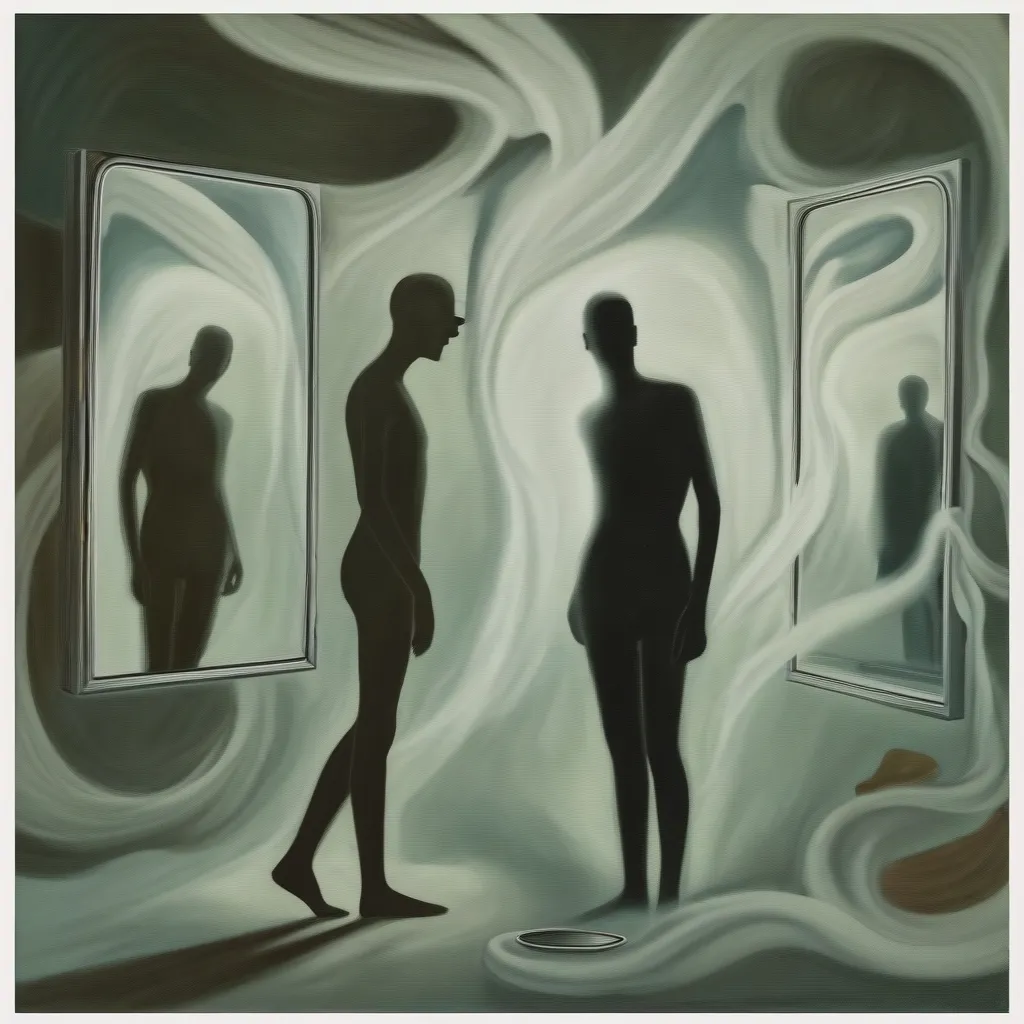In the quiet corridors of diplomacy, a strange phenomenon began to unfold in 2016. US and Canadian diplomats in Havana, Cuba, started experiencing unexplained health problems that would soon captivate the world’s attention. What started as isolated incidents quickly grew into a perplexing medical mystery that continues to baffle experts to this day.
Picture this: You’re a diplomat, working late in your office at the embassy in Havana. Suddenly, you hear a piercing, high-pitched sound. It’s unlike anything you’ve ever heard before. Within moments, you feel dizzy, disoriented, and a crushing headache sets in. This scenario played out for dozens of diplomats and their families, marking the beginning of what would come to be known as the Havana Syndrome.
The symptoms reported by those affected were as varied as they were troubling. Headaches, dizziness, and cognitive issues were common complaints. But it didn’t stop there. Some individuals experienced nausea, fatigue, and even memory loss. The onset of these symptoms was often accompanied by strange auditory and sensory experiences, adding an element of the surreal to an already baffling situation.
As news of these incidents spread, medical professionals scrambled to understand what was happening. Initial examinations revealed something startling: many of the affected individuals showed signs of brain injuries, but without any evidence of physical trauma. It was as if their brains had been impacted by an invisible force.
Brain scans of the victims revealed structural changes in white matter regions, a finding that left neurologists scratching their heads. How could such changes occur without any apparent physical cause? This discovery challenged our fundamental understanding of brain trauma and its potential causes.
“The brain, that most inscrutable of organs, holds more mysteries than answers,” neuroscientist Dr. Jane Foster once remarked. Her words ring especially true in the context of the Havana Syndrome.
As cases continued to emerge, theories began to proliferate. Some scientists proposed that directed microwave weapons could be responsible, while others suggested ultrasonic devices might be to blame. The possibility of mass psychogenic illness was also considered, as was the potential role of environmental factors.
Yet, none of these theories fully accounted for all the symptoms and medical findings. Each explanation seemed to raise as many questions as it answered. The Havana Syndrome had become a Gordian knot of medical, scientific, and geopolitical complexities.
What do you think could cause such a wide array of symptoms without leaving any visible traces?
As investigators delved deeper into the mystery, the geographical scope of the syndrome began to expand. Similar incidents were reported in China, Russia, and even in Washington D.C. The global spread of these cases added another layer of intrigue to an already complex situation.
Advanced scientific analysis pointed to pulsed radiofrequency energy as a potential cause. This theory gained traction when a report by the National Academies of Sciences, Engineering, and Medicine suggested it as the most plausible explanation. However, definitive proof remained elusive, leaving room for continued debate and speculation.
The Havana Syndrome has raised profound questions about previously unknown forms of brain injury and potential weapons technology. It has exposed gaps in our medical knowledge and highlighted the complex relationship between neurological symptoms and external stimuli. As one researcher put it, “We’re dealing with a phenomenon that doesn’t fit neatly into our existing categories of illness or injury.”
Consider for a moment the implications of this mystery. If a technology exists that can cause brain injuries without physical contact, what does that mean for the future of warfare and diplomacy? How might such a capability shift the balance of power on the global stage?
“In the realm of the unknown, fear and fascination walk hand in hand,” wrote author H.P. Lovecraft. The Havana Syndrome embodies this sentiment perfectly, inspiring both dread and curiosity in equal measure.
As cases continue to emerge, the medical mystery of the Havana Syndrome challenges experts across multiple fields. Neurologists, physicists, and national security specialists find themselves united in their pursuit of answers. It’s a stark reminder of how modern phenomena can defy our current scientific understanding, pushing us to expand our knowledge and reconsider our assumptions.
The human impact of this syndrome cannot be overstated. For those affected, life has been irrevocably altered. Many have had to leave their careers in diplomacy, struggling with ongoing health issues that have upended their lives. Their stories serve as a poignant reminder of the very real human cost behind this scientific enigma.
“The greatest enemy of knowledge is not ignorance, it is the illusion of knowledge,” said historian Daniel J. Boorstin. In the case of the Havana Syndrome, acknowledging what we don’t know may be the first step towards finding answers.
As research continues, new questions emerge. Could the syndrome be the result of a combination of factors rather than a single cause? Might there be environmental triggers that interact with individual susceptibilities in ways we don’t yet understand? The possibilities seem endless, each new hypothesis opening up fresh avenues for investigation.
What aspects of the Havana Syndrome do you find most intriguing or concerning?
The geopolitical implications of the syndrome add another layer of complexity to the situation. Accusations and denials have flown between nations, with some suggesting that the incidents are the result of deliberate attacks. Others argue that such claims are premature without concrete evidence. The syndrome has become a flashpoint in international relations, demonstrating how a medical mystery can have far-reaching diplomatic consequences.
As we grapple with the Havana Syndrome, it’s worth considering the broader implications for our understanding of health and illness. This phenomenon challenges us to think beyond traditional categories of disease and injury. It forces us to confront the limitations of our current medical knowledge and pushes us to explore new frontiers in neuroscience and physics.
The syndrome also raises important questions about the nature of evidence in medical investigations. In a world where the cause of an illness might be invisible and leave no traditional traces, how do we prove or disprove theories? How do we balance the need for scientific rigor with the urgency of helping those affected?
“The important thing is not to stop questioning,” Albert Einstein once said. This ethos is at the heart of the ongoing investigation into the Havana Syndrome. Every new case, every piece of data, every theory proposed brings us one step closer to understanding this perplexing phenomenon.
As we look to the future, it’s clear that the Havana Syndrome will continue to be a subject of intense study and debate. It serves as a reminder of the vast unknowns that still exist in our world, even in fields we thought we understood well. It challenges us to push the boundaries of our knowledge and to remain open to possibilities that might seem improbable at first glance.
In the end, the story of the Havana Syndrome is not just about a medical mystery. It’s about human resilience in the face of the unknown, about the relentless pursuit of truth, and about the complex interplay between science, medicine, and geopolitics. As we continue to unravel this mystery, we may find that the journey of discovery is just as important as the destination.
What lessons do you think we can learn from the ongoing investigation into the Havana Syndrome?
As we conclude our exploration of this fascinating topic, it’s worth reflecting on the broader implications of the Havana Syndrome. It stands as a testament to the complexity of the human body and mind, and to the intricate ways in which we interact with our environment. It reminds us that there is still much to learn about the world around us and about ourselves.
The Havana Syndrome challenges us to think critically, to question our assumptions, and to remain open to new possibilities. It underscores the importance of interdisciplinary collaboration in tackling complex problems. Most importantly, it highlights the need for compassion and support for those affected by conditions we don’t yet fully understand.
As we move forward, the mystery of the Havana Syndrome will undoubtedly continue to captivate researchers, policymakers, and the public alike. It serves as a powerful reminder that in the realm of science and medicine, today’s mystery could be tomorrow’s breakthrough. The journey to uncover the truth behind this phenomenon is far from over, and each new development brings with it the potential for groundbreaking discoveries that could reshape our understanding of the human brain and its vulnerabilities.






